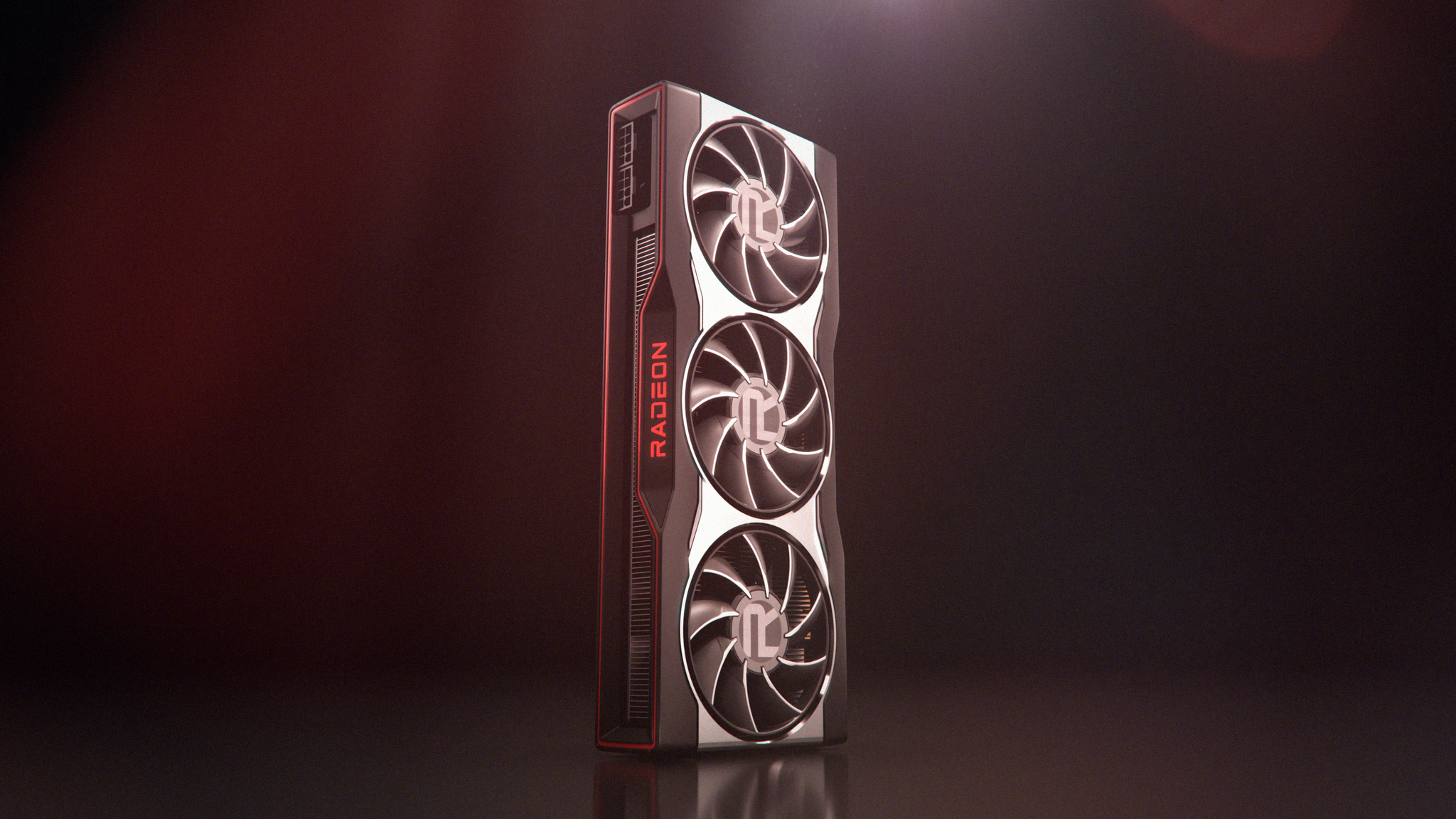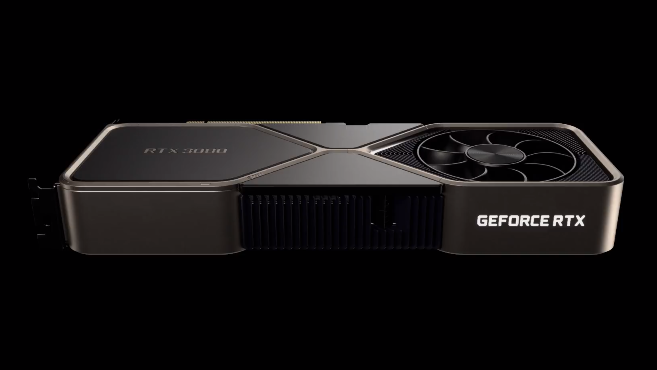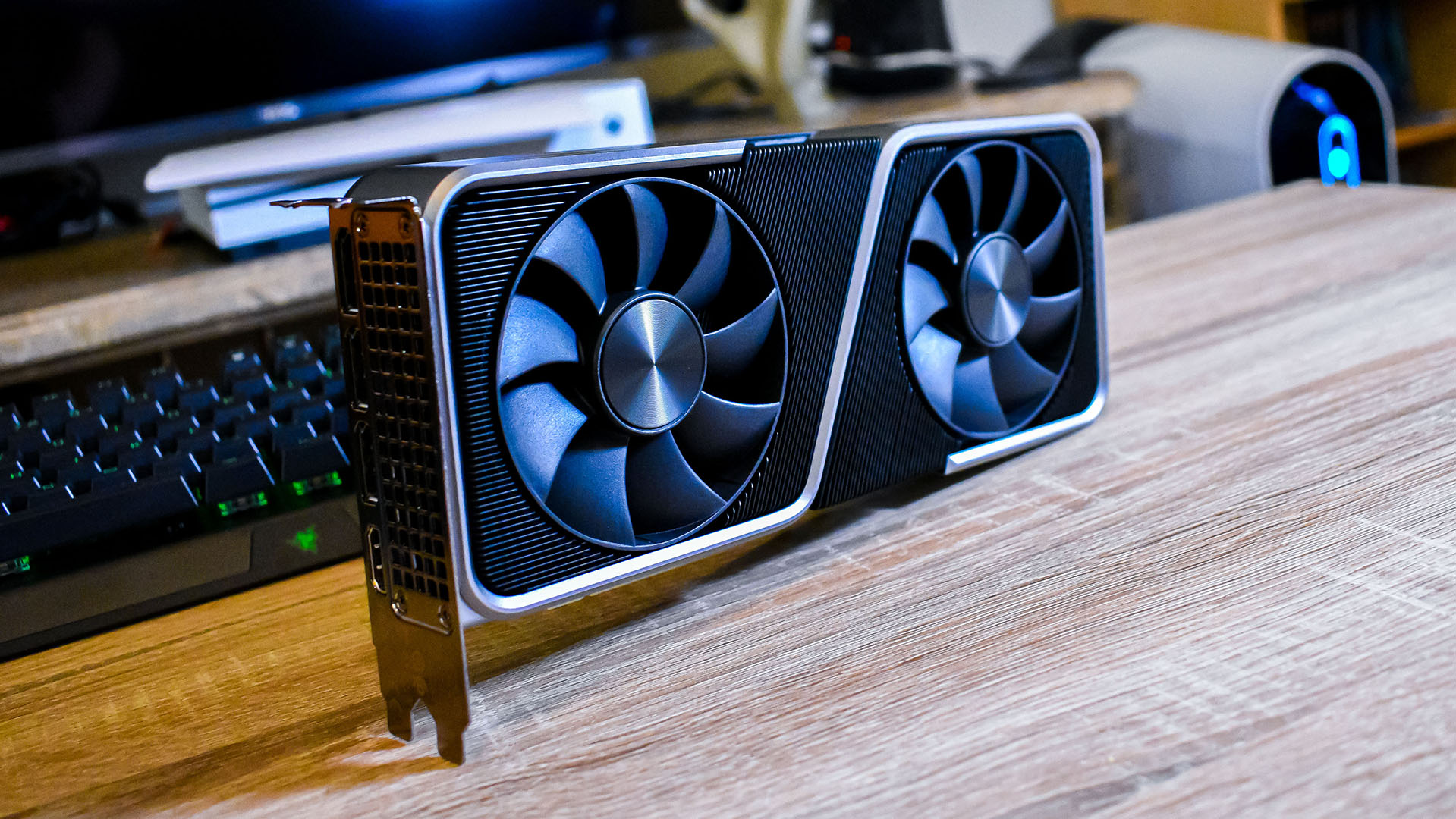It looks like AMD may have just ended Nvidia's long-running graphics dominance
Opinion: the renewed AMD vs Nvidia feud is good for everyone

The Nvidia GeForce RTX 3080 has been out for about a month, and it's set a new bar for what we can expect out of our graphics cards. High frame rate 4K gaming is now a possibility and now AMD wants a slice of that pie. The AMD Radeon RX 6800 XT, and to a greater extent the Radeon RX 6900 XT, are being positioned to be 4K flagship heavyweights, and for the first time in years Nvidia might actually have a fight on its hands.
It's been a while since AMD could compete at the very top end, which has led to Nvidia being able to dramatically raise prices with its Turing-based RTX 2000-series graphics cards, spearheaded by the ridiculously expensive Nvidia GeForce RTX 2080 Ti.
And while Nvidia's prices haven't come down – and even went up if you look at the RTX 3090 against the RTX 2080 Ti – some actual competition should prevent Nvidia from raising prices even more. And, who knows, we might see prices fall across the board – we're not getting our hopes up, though.
- Just wait until the gaming PC Black Friday deals start showing up

Everyone can get in on the 4K action
AMD hasn't released the pricing on its Radeon RX 6000 graphics cards quite yet, but it looks like we're basically getting an equivalent for each Nvidia Ampere graphics card. The Radeon RX 6900 XT is going for the RTX 3090, the Radeon RX 6800 XT is going for the RTX 3080 and the Radeon RX 6800 is going for the RTX 2080 Ti, or in reality, the RTX 3070 – which is about as fast in our testing.
Unless something wild happens and AMD really pushes Nvidia on price, this means PC gamers will get a choice of two 4K60-ready graphics cards at the $499 (£469, AU$809) price point that the GeForce RTX 3070 has launched at. Over the last few years graphics cards in this price segment and above were only offered by Team Green, which has led to higher and higher prices.
We're not going to be completely tone-deaf and suggest that a $499 (£469, AU$809) graphics card is cheap or even attainable by a vast majority of people. But the fact that a level of performance that you needed to spend $1,199 (£1,099, AU$1,899) just a couple months ago is available for less than half the price is definitely a move in the right direction.
With both AMD Big Navi and Nvidia Ampere, we're going to be able to start seeing a ton of mid-range PCs that are capable of playing the latest and best PC games at 4K, which is a good thing for everyone.
Get daily insight, inspiration and deals in your inbox
Sign up for breaking news, reviews, opinion, top tech deals, and more.

What about everyone else?
Just a few months after the AMD Radeon RX 5700 XT launched in July 2019, we got the Radeon RX 5600 XT. A couple months after that, we got the Radeon RX 5500 XT. After that, we had a whole lineup of AMD graphics cards going all the way down to the budget segment. The Nvidia Turing lineup, especially after the launch of the GTX 1650 Super, looked very similar.
This time around, if the generation-on-generation performance gains are similar throughout each product stack, we could end up with budget cards that can take on high-end 1440p PC gaming. Just imagine – an AMD Radeon RX 6600 XT that can play Red Dead Redemption 2 maxed out at 1440p without having to settle for Console-esque performance.
And when it comes to 1080p, we would love to see Nvidia support its RTX technology in cheaper graphics cards this time around, so folks that can only afford something in the realm of the GTX 1650 Super can get something that will let them take advantage of technology like DLSS.
DLSS especially is a no-brainer inclusion in lower-end graphics cards. We get that in low-end hardware, the level of silicon required to push a lot of pixels with quality settings cranked up is a big ask. However, as DLSS has proved in way more expensive graphics cards, the technology can make higher resolutions way more accessible, without users having to invest in a much more powerful graphics card.
So, while it's definitely exciting that AMD and Nvidia are competing at the high end again, what we want more than anything is the budget segment getting a much larger uplift than it's seen in the past.
Bill Thomas (Twitter) is TechRadar's computing editor. They are fat, queer and extremely online. Computers are the devil, but they just happen to be a satanist. If you need to know anything about computing components, PC gaming or the best laptop on the market, don't be afraid to drop them a line on Twitter or through email.
